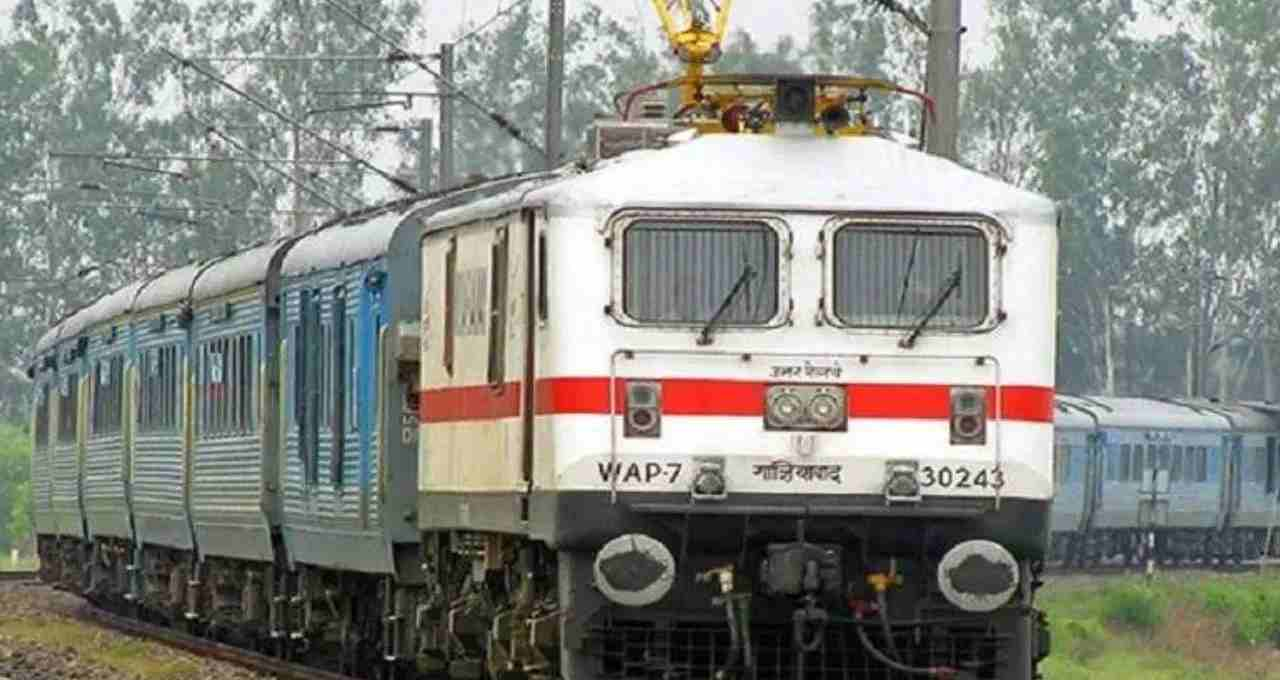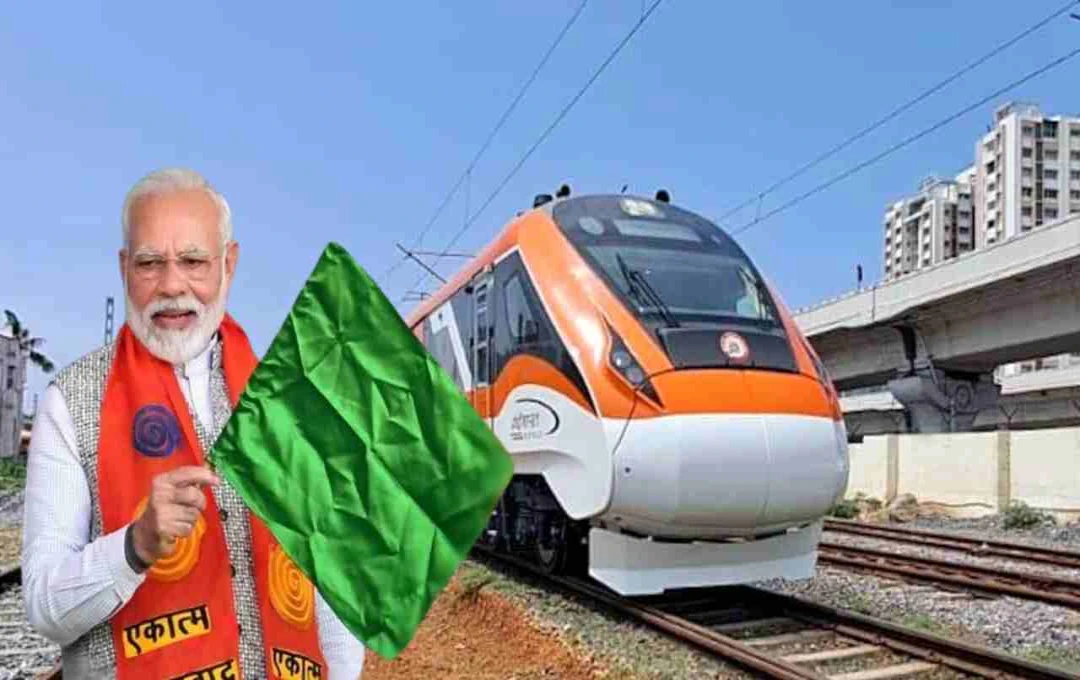Prime Minister Narendra Modi's 'Act East Policy' and the North East Special Infrastructure Development Scheme (NESIDS) have brought about historic changes in the infrastructure sector, including railways, in Northeast India.
New Delhi: Upon assuming office, Prime Minister Narendra Modi brought about a significant shift in the central government's policies towards Northeast India, focusing intensely on the overall development of the region. Over the past 11 years, remarkable improvements have been observed in the region's infrastructure. Through schemes like the Act East Policy and the North East Special Infrastructure Development Scheme (NESIDS), there has been an expansion of new roads, railway projects, airports, and digital networks. These efforts have strengthened economic integration and enhanced national connectivity, thereby imparting a new dimension to the social and economic progress of the region.
First Ever Rail Service in Mizoram – 78 Years of Waiting Ends
For the first time in the history of independent India, Mizoram is set to receive a passenger train. Under the Bairabi-Sairang rail project, Mizoram's capital Aizawl has been connected to the national rail network via a 51.38-kilometer-long railway line. The foundation stone for this project was laid by Prime Minister Narendra Modi on November 29, 2014, and it was completed on June 10, 2025. The total cost amounted to ₹8,071 crore, and it includes 48 tunnels and 142 bridges, of which 55 are major bridges. This project, with plans for expansion towards the Myanmar border, will boost trade and tourism.
Manipur – Rail Connectivity from Jiribam to Imphal
Manipur's capital Imphal is now connected to Jiribam. The Noney Bridge, with a height of 141 meters, is a key component of this project. This bridge reduces the travel time from 12 hours to 2 hours. This rail connectivity has paved the way for strengthening economic and cultural ties between India and Southeast Asia.

Nagaland – Connecting Remote Areas to the National Network
A new 15.42-kilometer-long railway line has been constructed in Nagaland, accelerating trade and transportation. This project is connecting Nagaland's remote areas to the national network and promoting employment and economic activities in the state. With the expansion of the railway network in Nagaland, the state is emerging on the trade map of South Asia.
Meghalaya – New Avenues in Freight Transportation
For the first time, a 21-wagon goods train reached North Garo Hills in Meghalaya, facilitating the supply of essential commodities. Significant strides have been made towards economically empowering the region by accelerating the Tetelia-Byrnihat project.
Tripura – A Step Towards International Connectivity
Tripura's capital Agartala was already connected to the rail network, but it has been further strengthened since 2014. Notably, the construction of the railway line from Agartala to Akhaura (Bangladesh) will boost international connectivity. Additionally, the electrification of railway lines in Tripura is also being rapidly completed.
Arunachal Pradesh – Expansion Beyond Naharlagun
Rail service to Naharlagun in Arunachal Pradesh commenced in 2014, and the network's expansion has continued since then. In 2018, the Bogibeel Bridge over the Brahmaputra River in Assam gave a new direction to rail and road connectivity between Arunachal Pradesh and Assam, leading to an increase in trade, security, and tourism.
Assam – Modern Railway Network
Railway lines connecting Guwahati and other major cities in Assam have been modernized and electrified, ensuring faster and safer rail services. This has also led to an improvement in regional economic activities.
Sikkim – New Possibilities with the Sivok-Rangpo Rail Project
Work on the Sivok-Rangpo rail project (44.96 km) in Sikkim is progressing rapidly. This project will connect Sikkim to the rail network and take tourism and trade to new heights. A portion of this project commenced after 2014 and is currently under progress.
Under the 'Act East Policy,' railway projects have assisted in connecting the northeastern states to national and international trade networks. Simultaneously, they have created new opportunities in education, health, tourism, and employment in the region. These projects are not only enhancing physical connectivity but also strengthening cultural and social integration.















